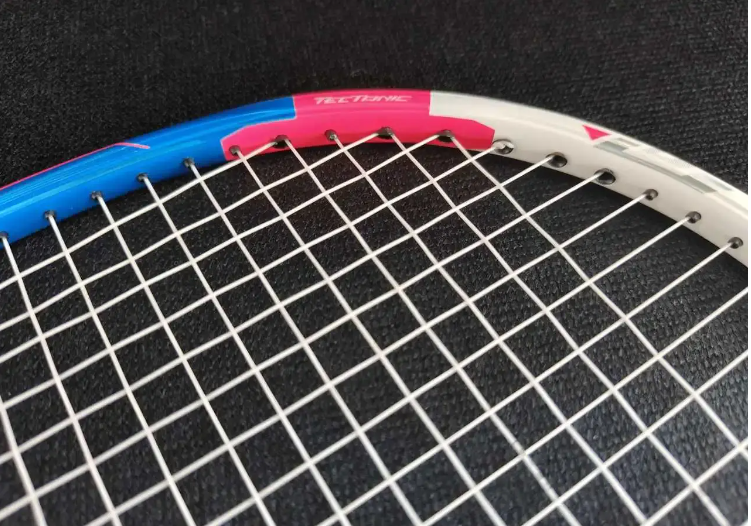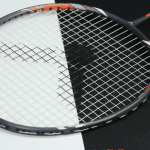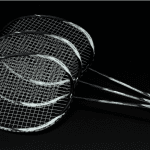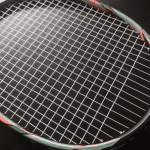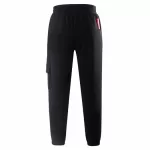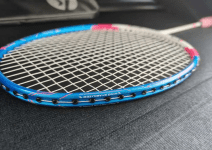
Badminton Racket Li-Ning TECTONIC 7I Reviews
TEXTONIC is an interesting series that gives me a somewhat unexpected experience every time I try it without jumping out of the platform’s frame. The TEXTONIC 7 is one of the most prolific models in the series, and there are a lot of pros who use it, despite the fact that the offensive racket has been replaced by the AXFORCE, but there are a lot of racquets out there.
Thanks to a friend’s loan, I was able to use one of the most outstanding TEXTONIC 7i’s in terms of value, and even though it is the lowest rated of the series in the equipment arsenal, I feel that there is still a lot of merit in this high-end sugar-water racket.
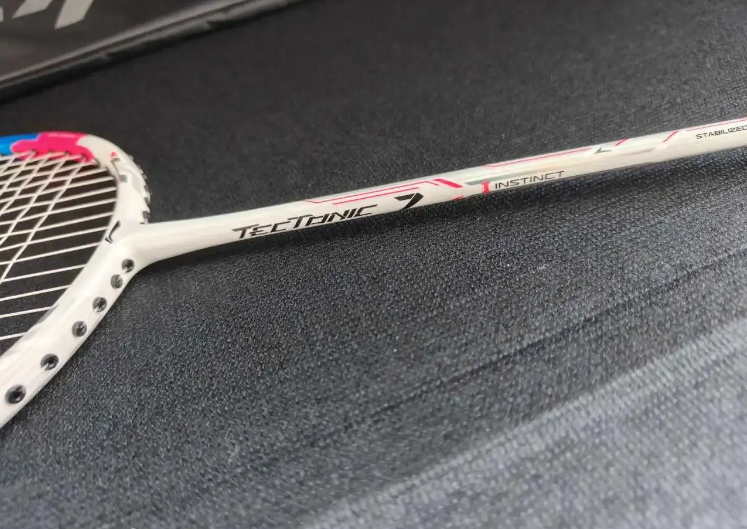
Parameters: 5UG5, de-bottomed, total weight of 84.1g in use condition, balance point 307mm, center shaft length 218mm, medium-low stiffness, box frame, 72-hole string bed, 9-3 point string slot, warranty of 30 pounds, stringing 25-27 Takagami Steel Armor 5.
Officially, this color is called electric blue, as if it is very mysterious, but the entire racket’s color scheme is really very high in saturation, and matches the feeling of electric light. A white color can hide all the ugliness, and the color blocks with sharp boundaries at 4 and 8 o’clock further enhance the sense of hierarchy of the racket. 7I obviously took care of the aesthetics of many players, and took the design scheme with the largest overlap of groups in the aspect of “pleasing”. It is a look that should appeal to a lot of ladies, and at the same time, it is completely original.
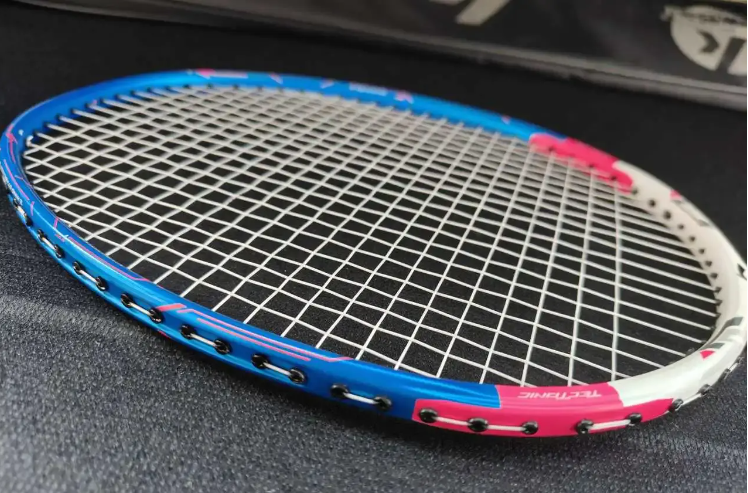
The 5U is really light, but it doesn’t have a too flimsy grip in the hand, and is more balanced in terms of swingweight. I have talked to many players about the same problem, that is, the red factory’s ultra-light racket often comes with a super high balance point swingweight, making it more like a pseudo-5U and real 3U state. For the 7i, although the balance point also came to 300+mm, but not too obvious hammer feeling, is also a side note that this is really a pleasant racket.
Light racquets have the potential to suffer from a lack of borrowed power when getting started, but the 7i does just enough of both. The long center is very easy to drive, and although the center is larger in diameter and less stiff, it’s quite flexible and pleasing to hit.The 72-hole racquet has a large sweetspot located in the upper part of the face, and there’s a small amount of pop in the feedback when hitting the sweetspot.
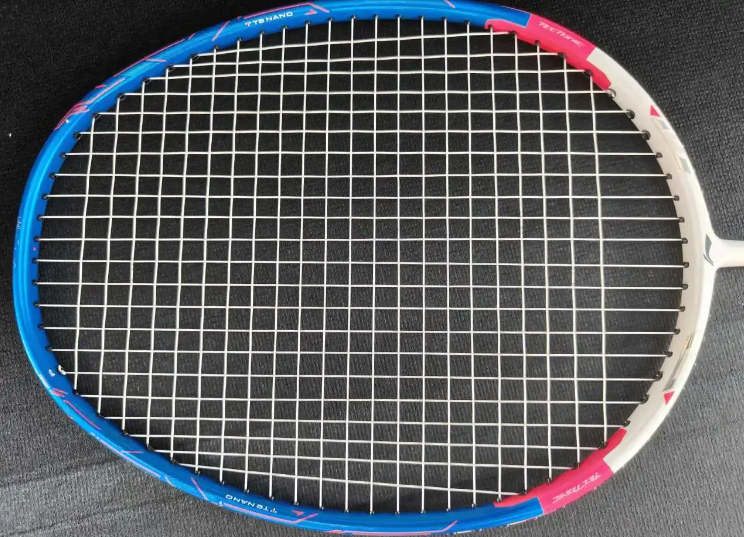
To be sure, this is a good sugar water racquet that is very low in difficulty to use and easy to hit with some speed down the line. The higher balance point makes it easier for the user to hit low reaching shots after getting the high point of the shot, while still lending some inertia to empower the head. Naturally I wouldn’t say that the 7I is an offensive weapon with AXFORCE power, at least in the heavy-kill segment it’s already a segment away from the TEXTONIC 7, but implementing an offensive strategy with the 7i doesn’t feel helpless, it’s above the passing line.
What’s more, it has a huge consistency advantage; loosening up the opponent’s defense by combining kills and hangs, varying the ball path, and then following up with a follow-through is a very worthwhile way of thinking when creating scoring chances with 7I.
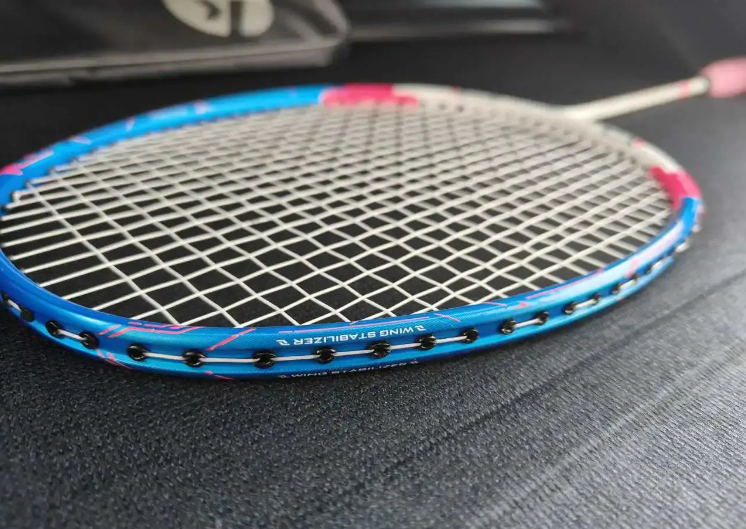
Because it’s light enough, the 7i is in the upper mid-range when it comes to flat blocking or ball handling in the center court, and it’s nimble and fast enough to support more fancy moves. Also because it is light enough, it has more room for maneuvering in the receiving and passive ball handling areas. In the above scenario, the flexibility of the Raider ensures that the user can get to the ball, while its elasticity ensures that the user can return the ball with ease. TEXTONIC’s cassette felt slightly faster than the average cassette, I don’t know why, maybe it’s just an illusion.
It’s pleasant to play with, the feedback is pleasant, and it’s not too much of a burden to use. Maybe the racket is still a little short on directionality, and the landing point can’t be controlled very accurately on long line-outs, but it’s obedient enough to save effort, and I can understand why a lot of female singles and doubles players used to choose to use it for tournaments.
